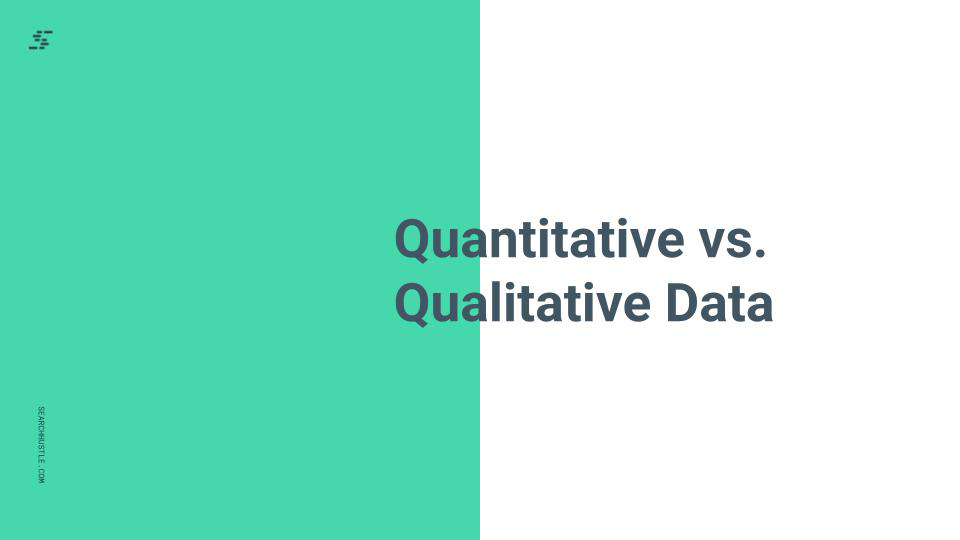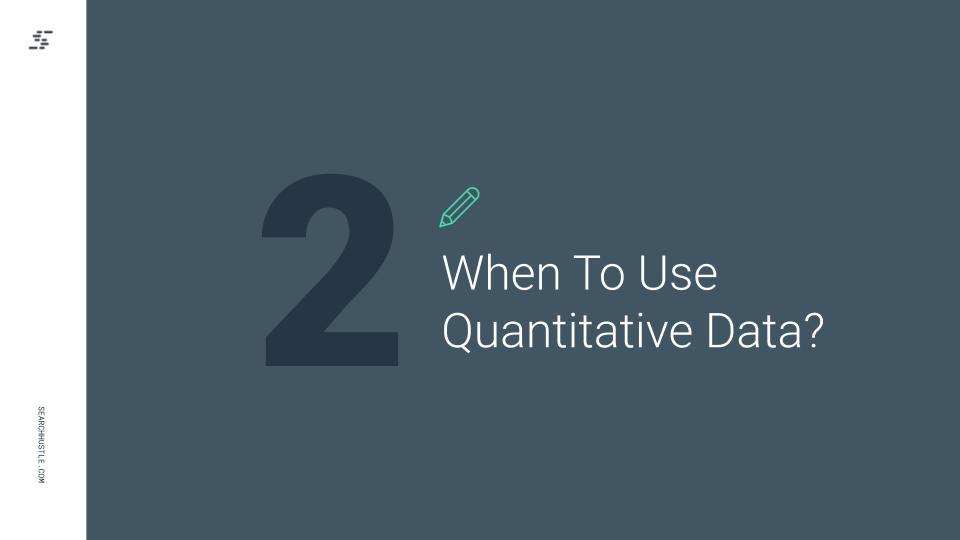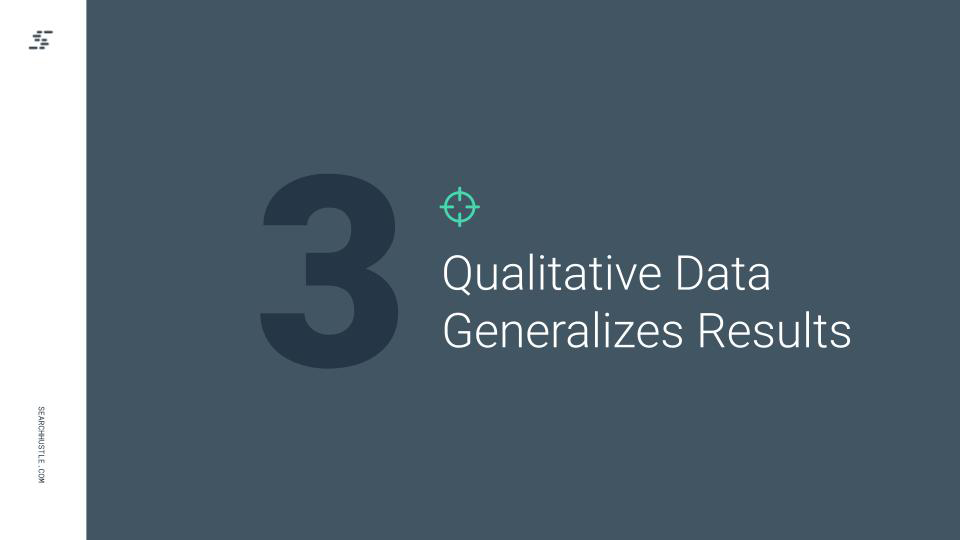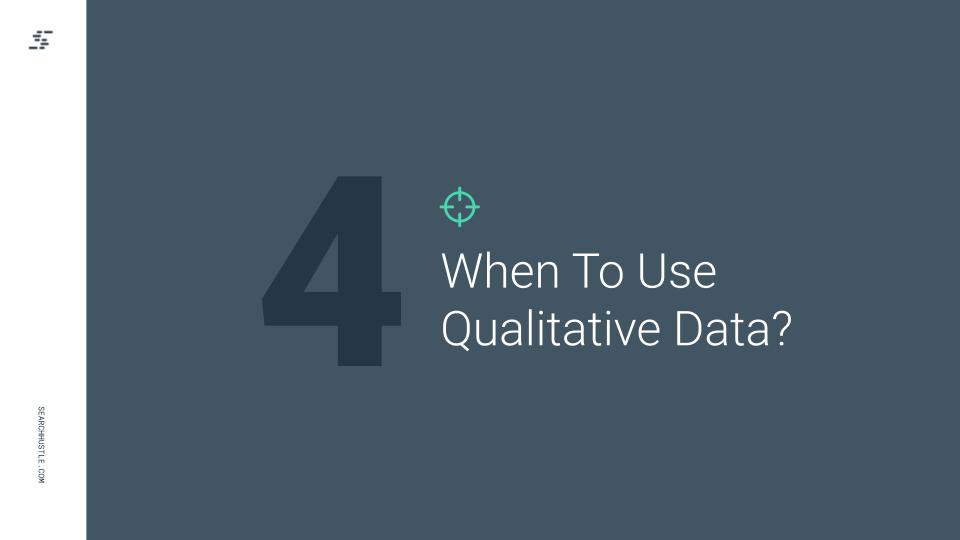Quantitative vs. Qualitative Data
The words quantitative and qualitative might sound similar but they couldn’t be more different.

In digital marketing, data is researched, collected, and used in almost every process or method to give businesses a leg-up on the competition. Finding out what works for you and your competitors is a highly-beneficial process to help you reach more of your target audience
Some research is focused on statistics, but not all of it. Quantitative research is the process of collecting and analyzing numerical information.
Qualitative research isn’t about numbers at all. Instead, the data collected from this type of research is all about non-numerical information derived from text, audio, video, images, interviews, or focus groups.

Quantitative Data is a Numbers Game
Quantitative means that something can be measured numerically. Whether it’s the number of computers in an office or how many miles a runner can complete in an hour – it is powered by numerical information.
In digital marketing, it is crucial to measure what you can and understand your customer’s needs and how to meet them better. Quantitative data involves numbers, quantities, and values, which play considerable roles in any marketing campaign.

When To Use Quantitative Data?
Measuring the satisfaction of your customers using specific metrics.
A/B marketing campaigns where you want to test the success of two different calls to action.

Qualitative Data Generalizes Results
Qualitative data isn’t about numbers; but what can be learned through observation. This data cannot be directly measured and is more descriptive. Qualitative data uses descriptive words and judgment to indicate appearance, sentiment, or other qualities. It can include emotions and perspectives of your brand, including things like buyer motivations, opinions, likes, dislikes, etc.
If quantitative data relies on numbers, qualitative data relies on organic, first-hand observations. These observations include interviews, questionnaires, focus groups, participant observations, recordings, reviews, documents, and artifacts.

When To Use Qualitative Data?
- Uncovering a customer’s motivation is crucial to understand why they want or need your services.
- Defining a user persona or ideal buyer by obtaining descriptive judgments.
- If you have a new product, you must find out if customers want or need it.
- Qualitative data will help you determine whether or not your product will be popular. You can use both qualitative and quantitative research to determine this.
- Qualitative data comes in handy to start and manage market research, and social media insights are considered an effective collection method for qualitative data.

Can Qualitative Data Become Quantitative Data?
Absolutely. Using the example above, the brightness of the car could be measured by a light meter, and that instrument could tell how many shades brighter the car is from the one parked next to it. That quantitative data now becomes qualitative data because it has now been assigned a numerical number for how many shades brighter.

Ready to Take Your Search Hustle Further?



